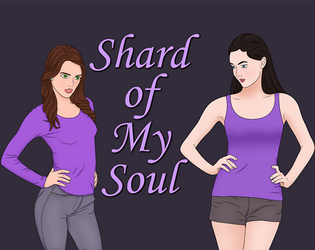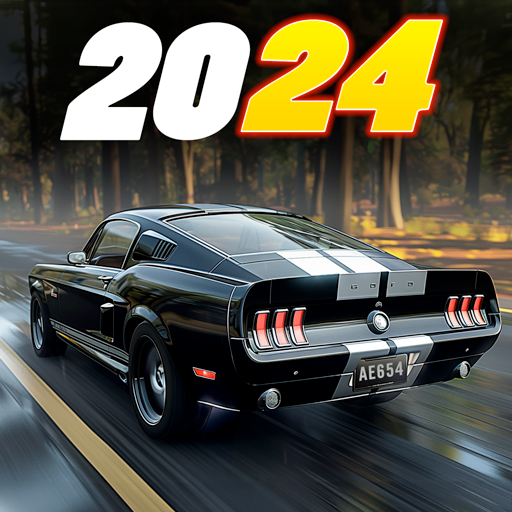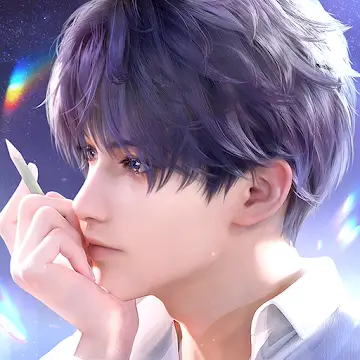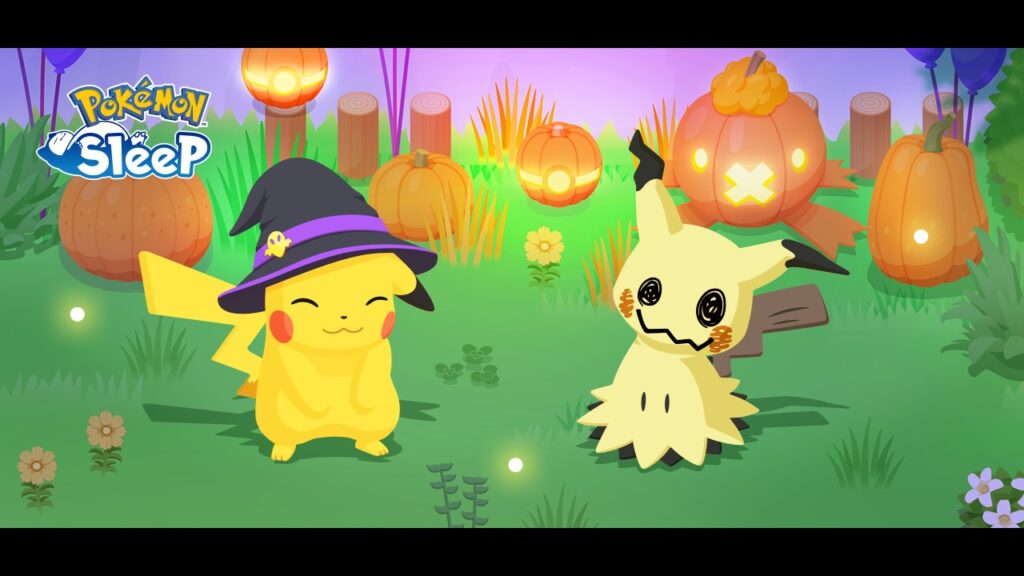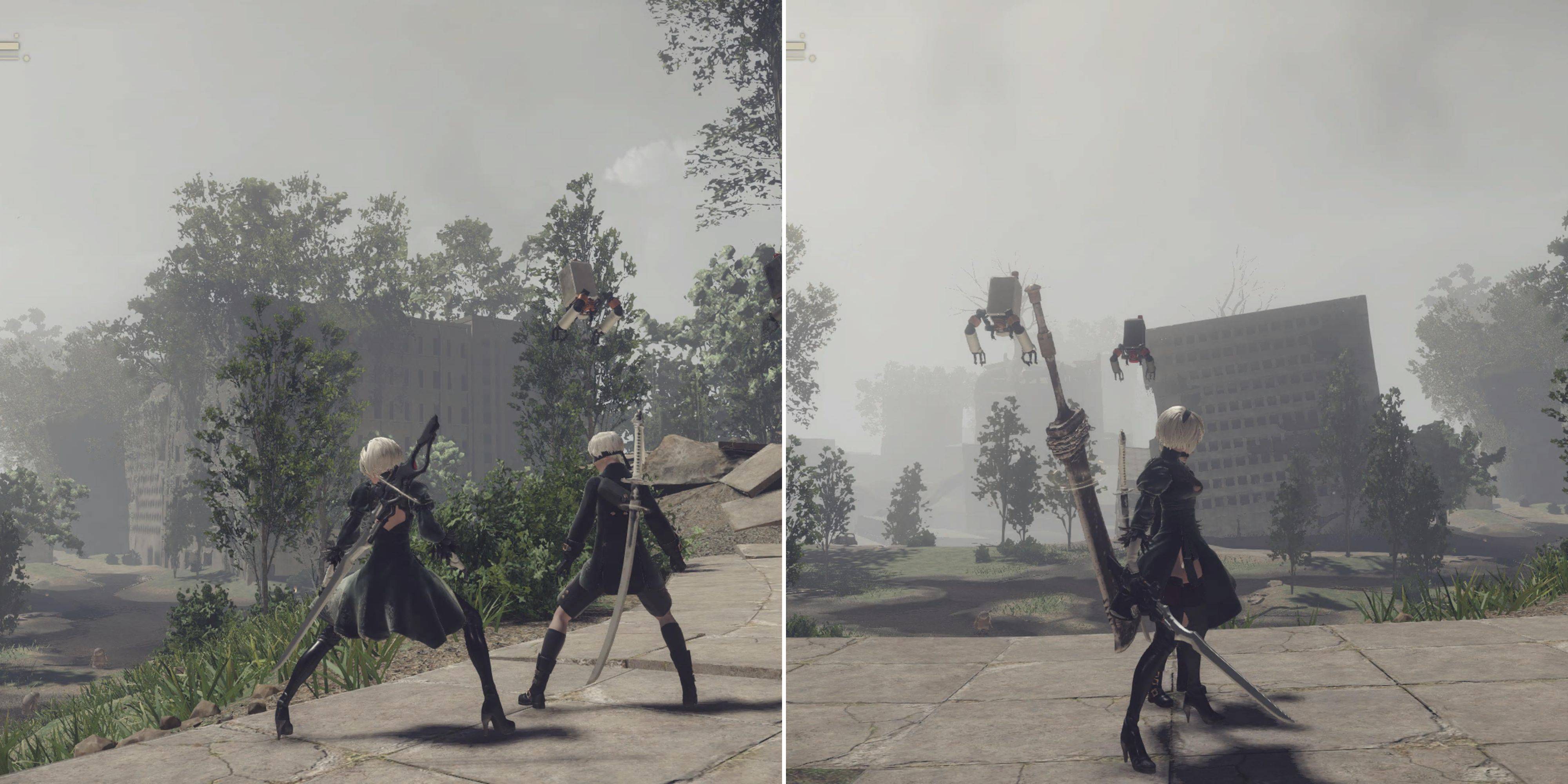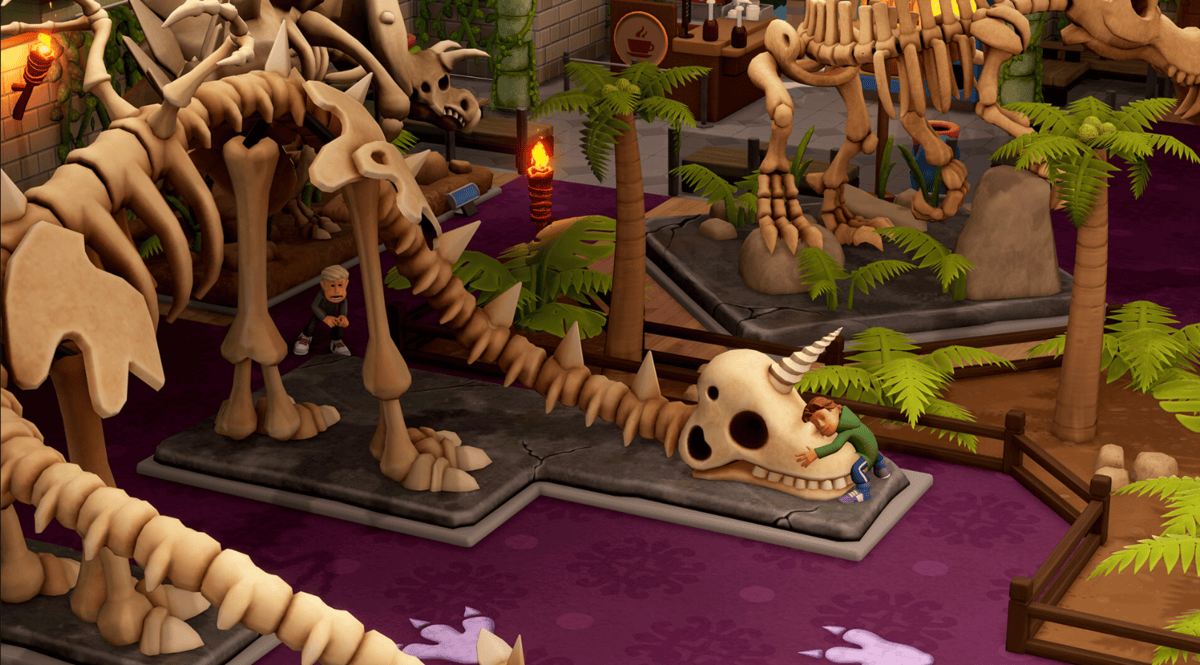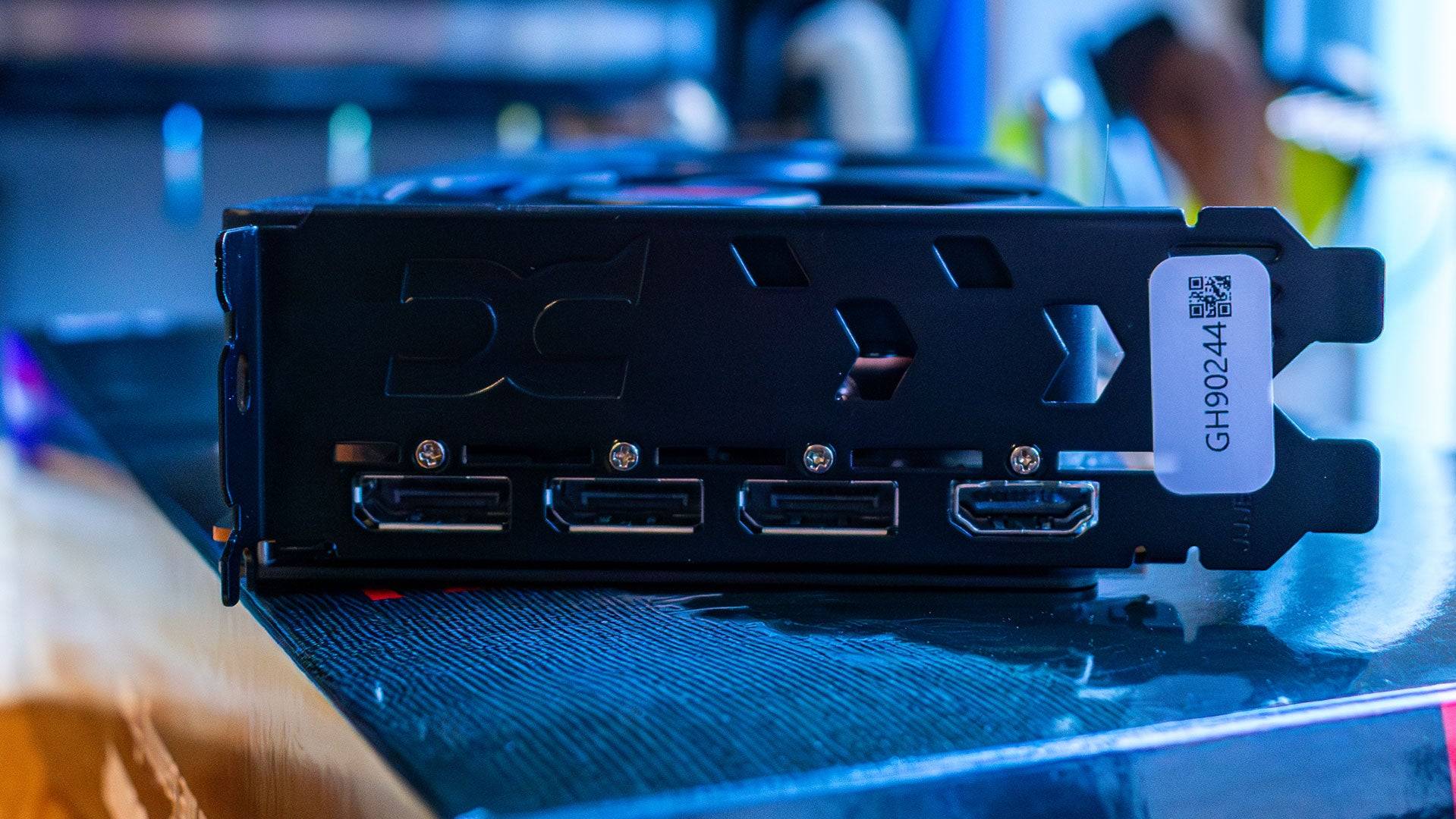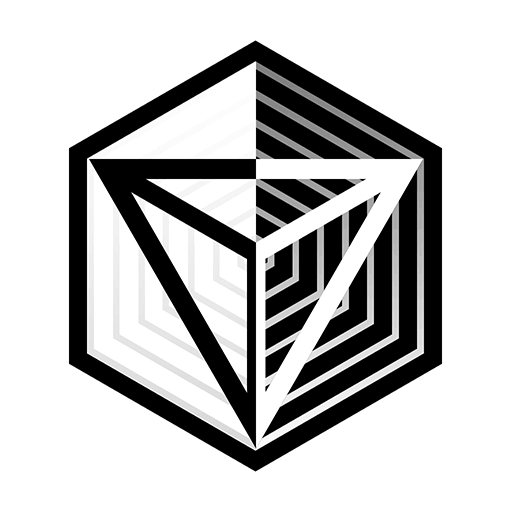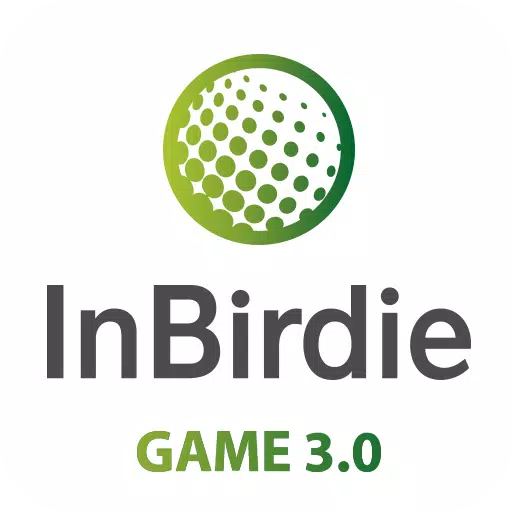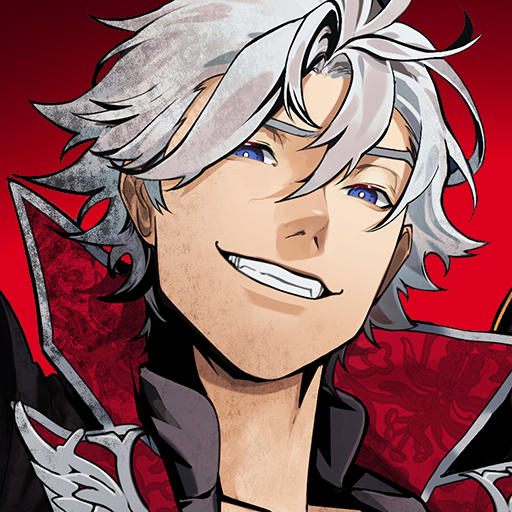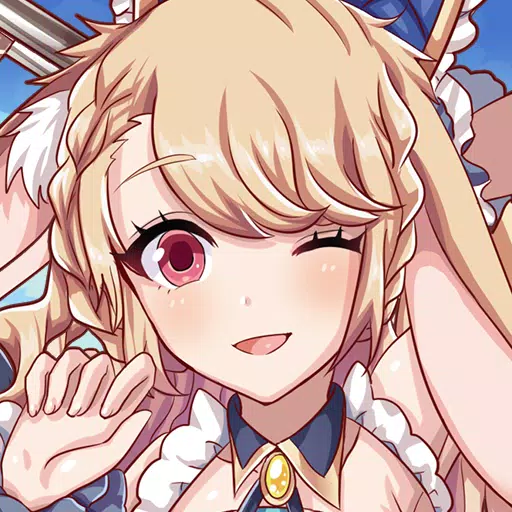"Lost Records: Bloom & Rage - A 90s Nostalgia Trip"
In 2015, the French studio Don't Nod redefined the interactive drama genre with Life is Strange, a captivating narrative that celebrated the beauty of everyday life, the strength of friendship, and the relentless march of time. Players were drawn to its meticulous attention to detail and the ability to influence the game world through their choices. While Don't Nod explored various genres in subsequent projects, none managed to recapture the magic that enchanted fans.
Now, Don't Nod returns to its storytelling roots with Lost Records, a poignant coming-of-age tale that serves as both interactive cinema and a heartfelt tribute to youth and a bygone era. This game, with its evocative atmosphere, compelling characters, and impactful choices, is poised to captivate players once more.
Table of Content
- Friends Reunite to Uncover Secrets from the Past After 27 Years
- Choices Still Impact Surroundings, Dialogues, and Relationships
- Bloom & Rage Creates Beautifully Imperfect Characters
- A Town Worth Dreaming About
- Slow-Paced Plot: The Defining Feature of the Story
Friends Reunite to Uncover Secrets from the Past After 27 Years
 Image: ensigame.com
Image: ensigame.com
At the core of Lost Records is the story of four women whose friendship dissolved 27 years ago. The protagonist, Swan Holloway, returns to her hometown of Velvet Bay for a reunion and discovers a mysterious package from their past. This package leads them back to a forest and an abandoned house, unearthing secrets they thought were long buried. This is the essence of Bloom & Rage: a dream relived on a summer night.
The narrative seamlessly weaves between two timelines: the vibrant summer of 1995 and the reflective year of 2022. In the present, the heroines, now in their forties, sit in a bar with awkward smiles, avoiding the painful incident that tore them apart. The camera shifts to first-person to highlight this contrast.
Most of the gameplay unfolds in the past, where players explore beautifully rendered locations, build relationships, and capture moments with a vintage HVS camera. Swan, much like Max in Life is Strange, films everything from graffiti to wildlife, and even paranormal hints.
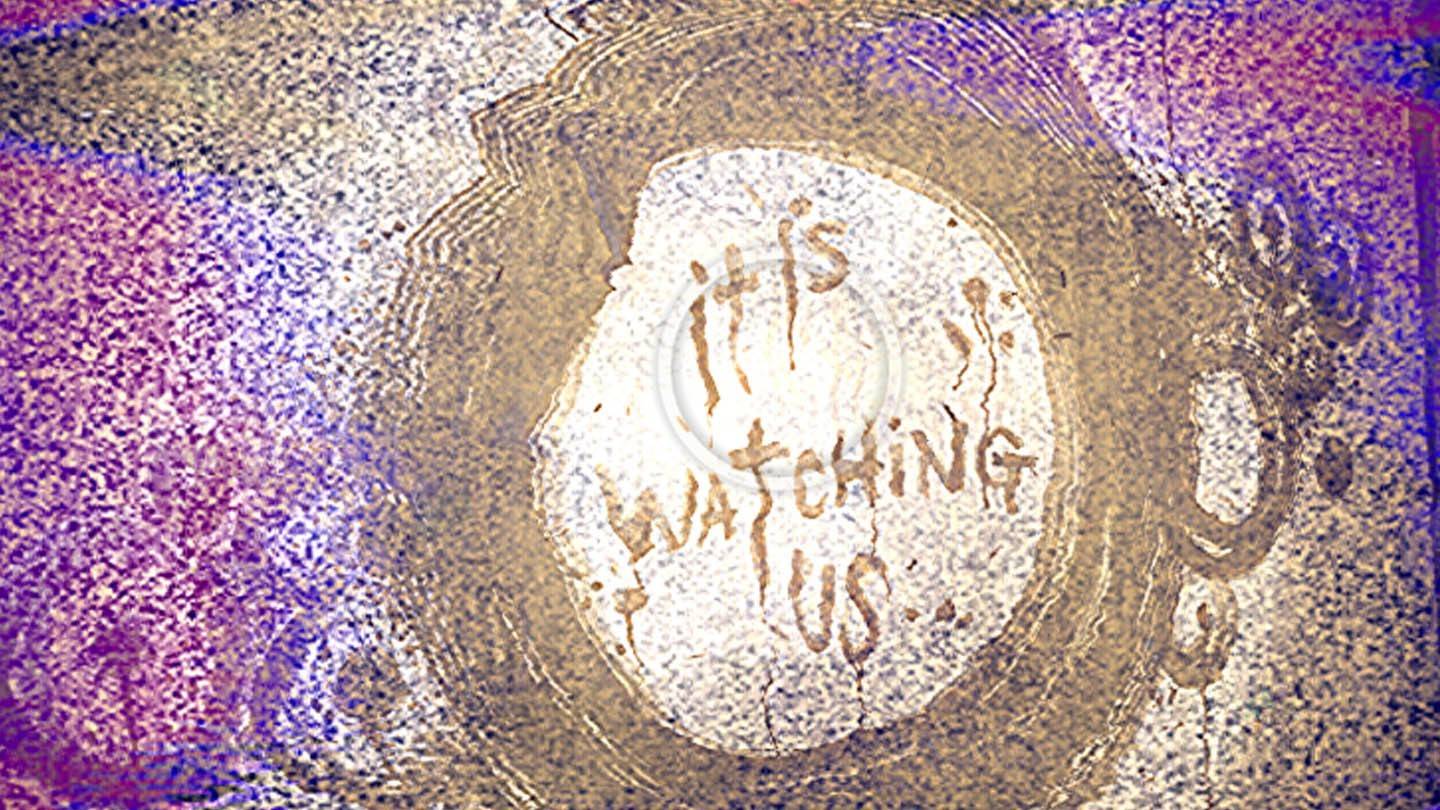 Image: ensigame.com
Image: ensigame.com
In a dedicated menu, players can edit these recordings into short films, categorized by themes, with Swan providing commentary on each creation. While some of these documentaries appear in the storyline, they do not alter the plot.
The choices players make have both immediate and long-term effects on the narrative, though the episodic nature of the game limits the impact of some decisions.
Choices Still Impact Surroundings, Dialogues, and Relationships
Lost Records excels in its interactivity and attention to detail, hallmarks of Don't Nod's work.
In one scene, Swan expresses a desire for ice cream from a nearby truck. Players can choose to fulfill her wish or ignore it to focus on other tasks. Delaying too long results in the truck closing, altering subsequent conversations with new characters.
 Image: ensigame.com
Image: ensigame.com
The game's world is dynamic, enhancing its appeal. Dialogues unfold in real-time, reminiscent of Oxenfree and Telltale games, with characters interrupting each other and offering silence as a viable response. Sometimes, saying nothing is more powerful than revealing a secret.
Building relationships offers players freedom in their choices. There's no need to seek approval from everyone; if someone doesn't resonate, players can simply ignore them. Swan's shy nature allows players to guide her toward openness.
Bloom & Rage Creates Beautifully Imperfect Characters
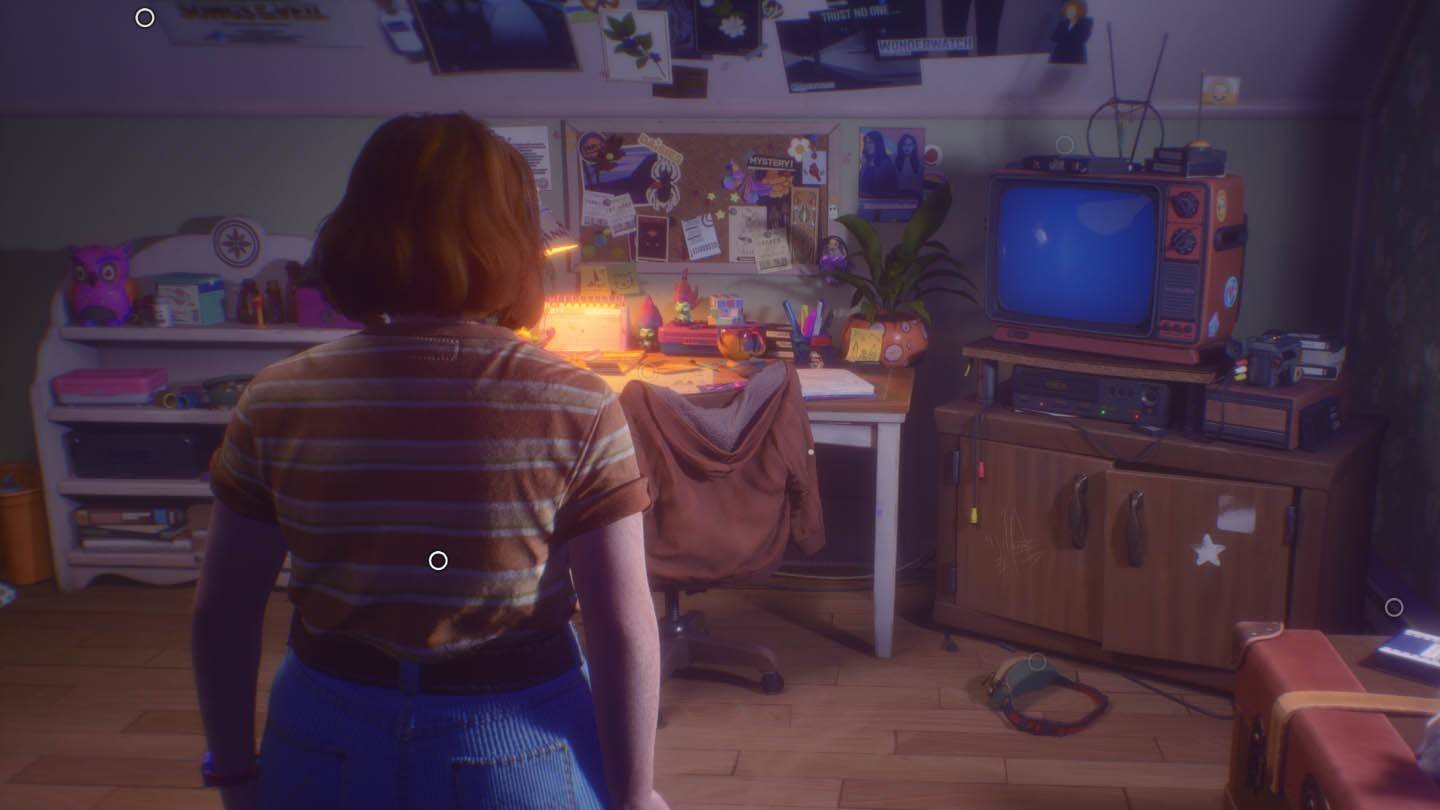 Image: ensigame.com
Image: ensigame.com
Don't Nod has a knack for creating characters that feel authentic. They're loud, occasionally clumsy in their youthful zeal, yet deeply sincere.
After critiquing the main cast of Life is Strange: Double Exposure for lacking depth, I realized the issue wasn't with the genre but with the developers. Deck Nine doesn't capture personalities as effectively as Don't Nod.
Swan is endearing, a typical 16-year-old grappling with self-doubt and hiding behind her camera. While she might remind some of Max Caulfield, Swan is distinctly her own character.
 Image: ensigame.com
Image: ensigame.com
Her friends—Ottem, Kate, and Nora—embody familiar archetypes but transcend them. Nora, the punk with colorful hair and big dreams, surprisingly exhibits caution, while Kate, the passionate writer, often pushes for bold actions. Ottem values thoughtfulness and seriousness.
Spending time with these characters evokes the feeling of being a teenager again, convinced of knowing everything about life. Lost Records is a journey through time, not just to youth but to the heart of the '90s.
A Town Worth Dreaming About
Nostalgia saturates Lost Records, with Swan's room being a prime example, filled with '90s relics like bulky TVs, floppy disks, and tamagotchis. Each item invites exploration and reflection, evoking both admiration and a sense of loss for those golden years.
The game is rife with pop culture references, from Sabrina and The X-Files to Tank Girl and The Goonies. It even nods to other video games like Oxenfree and Night in the Woods. The most overt reference is the plot setup, reminiscent of Stephen King's It.
 Image: ensigame.com
Image: ensigame.com
The soundtrack is a standout feature, blending dream-pop and indie-rock to create an immersive auditory experience. Tracks like "See You in Hell" and "The Wild Unknown" linger long after gameplay.
Velvet Bay, the setting of Lost Records, embodies the quintessential sleepy American town, cozy by day and eerie by night. Exploring its surroundings deepens the mystery and allure of Bloom & Rage.
Slow-Paced Plot: The Defining Feature of the Story
 Image: ensigame.com
Image: ensigame.com
The narrative unfolds at a leisurely pace, possibly overshadowing the mystery genre. Unlike Life is Strange, which quickly transitions from teen life to detective work, Lost Records prioritizes character development and '90s immersion before shifting gears.
This slow build-up may not appeal to everyone, but it sets the stage for a gripping second half of the first episode (or "reel"). The tension escalates, culminating in a cliffhanger that leaves players eager for the next installment, sparking theories and anticipation.
Lost Records: Bloom & Rage transports players to the '90s, even if they never lived through them. It's a film that knows its audience and delivers all the necessary elements for success in the genre: relatable characters, engaging interactions, and a narrative with potential. The full impact of its story will be revealed with the release of the second part on April 15th. I look forward to seeing if Don't Nod can weave their magic once more.
Latest Articles


![1xBet [Updated]](https://imgs.yx260.com/uploads/76/1719623227667f5e3be7616.jpg)

